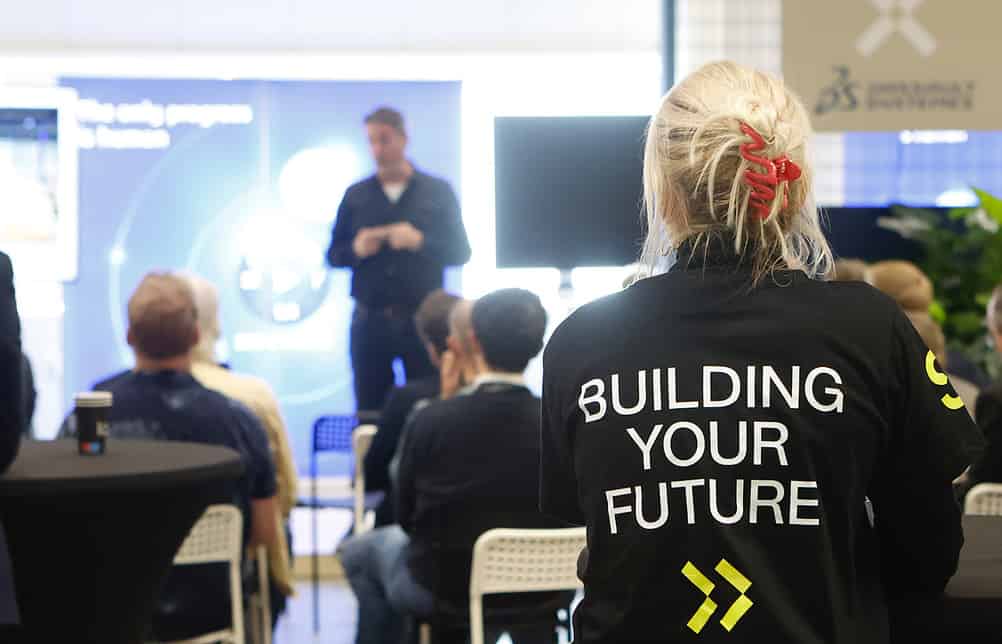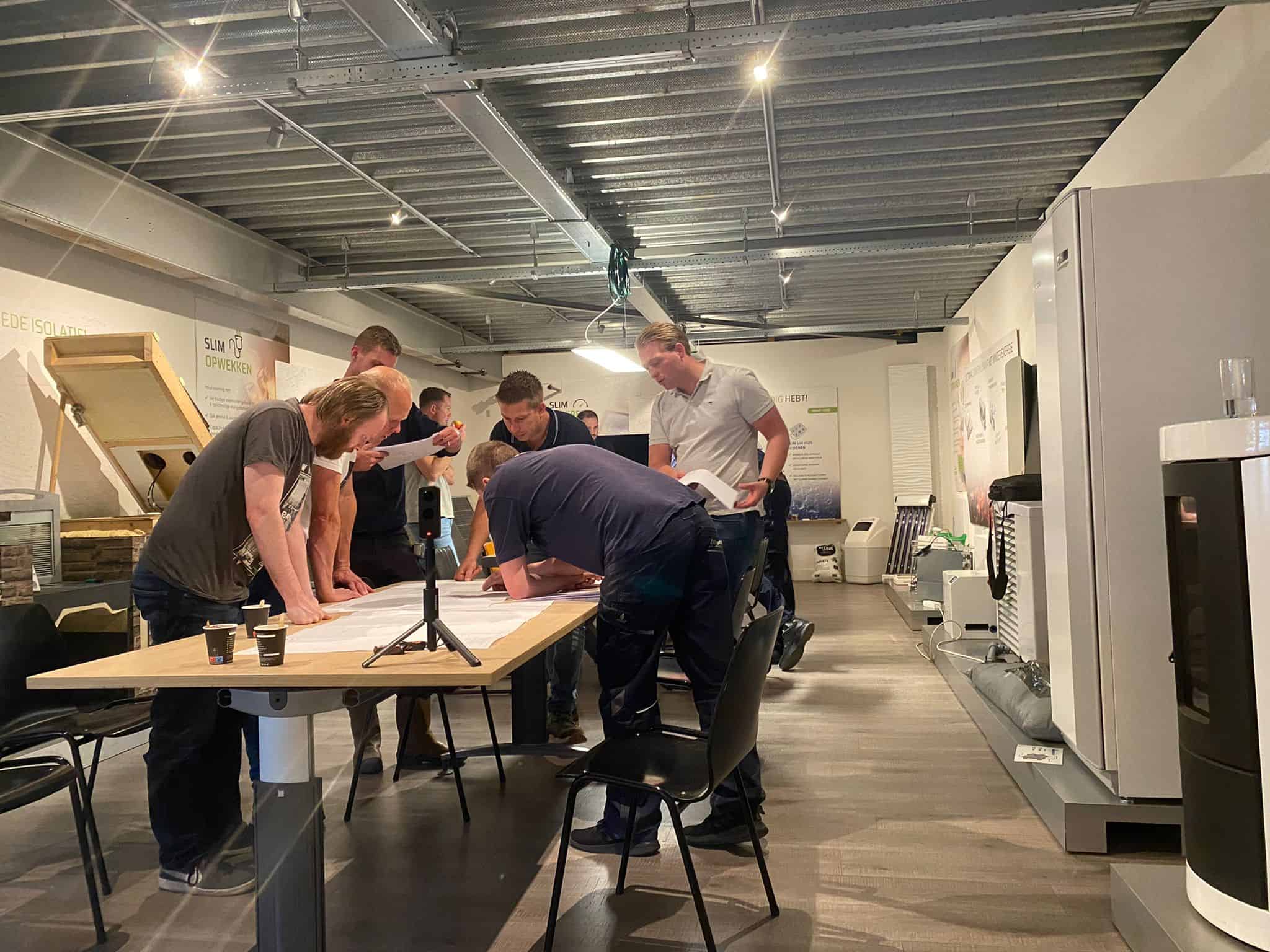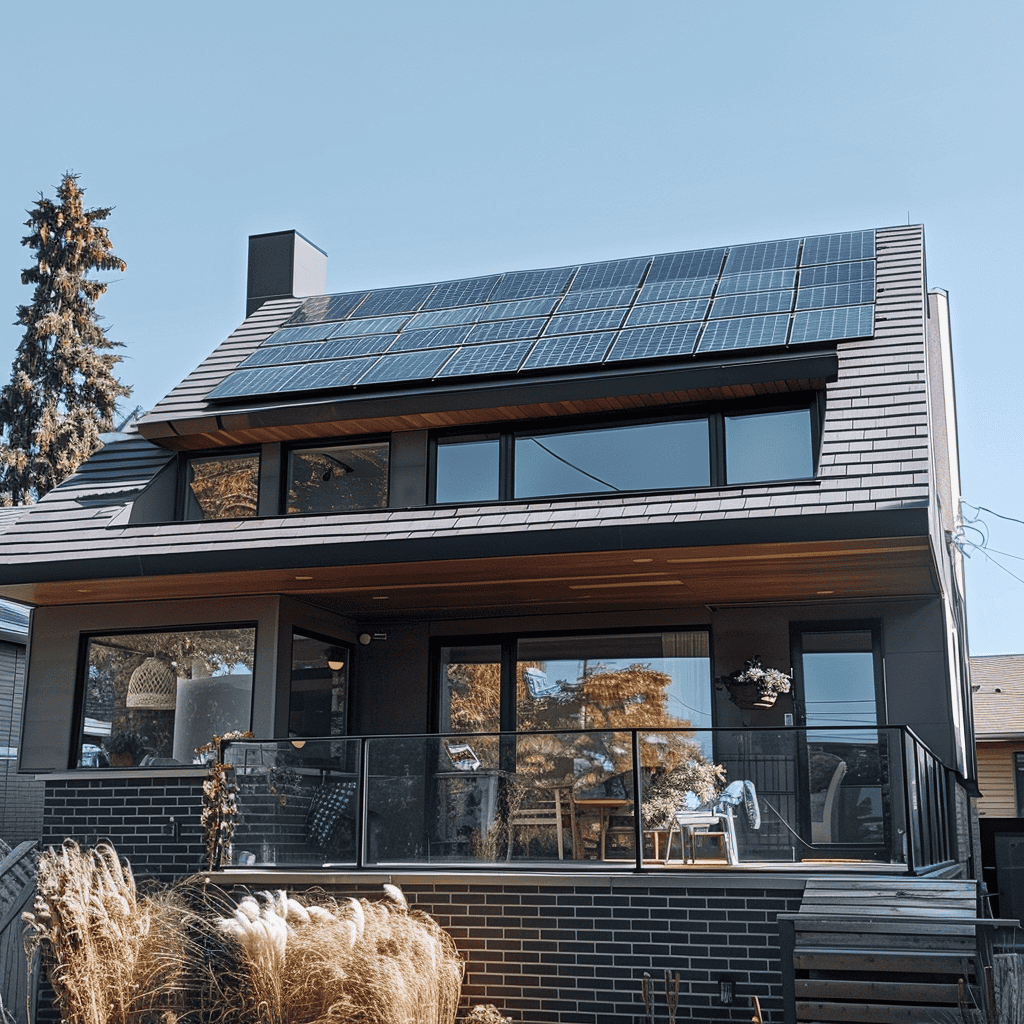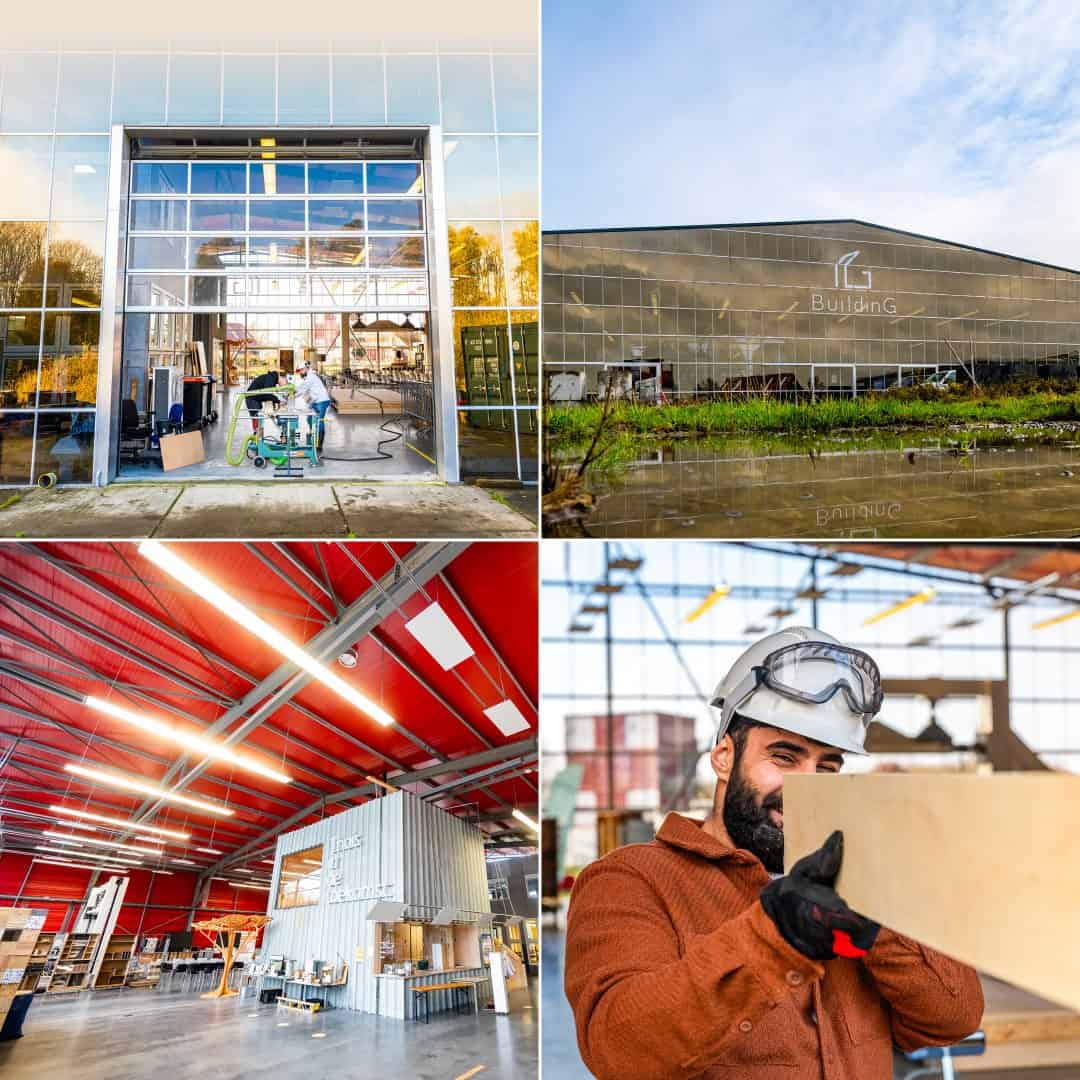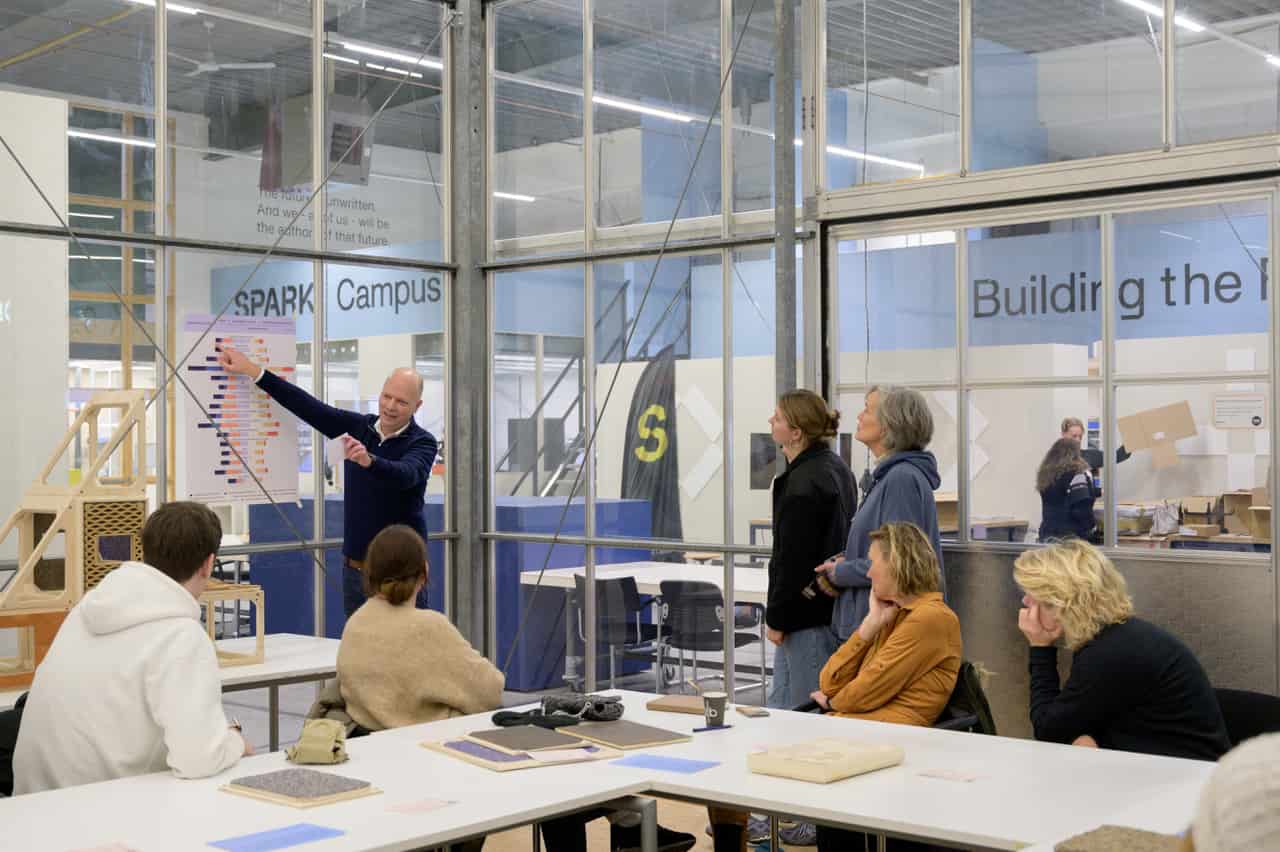
A lab full of 3D printers, unusual biobased materials, and a big robotic arm. This is how ‘s-Hertogenbosch’s (Den Bosch) SPARK Campus educates professionals and students on how to use the newest technology for a future-proof living environment in an approachable manner. Walls of biobased materials, façades of solar panels, and smart district heating networks. Our living environment is becoming increasingly sustainable and thus future-proof, and technology is helping. “There are many projects aimed at improving sustainable construction. Those small projects are, of course, the beginning of change. But scaling up doesn’t work as long as we don’t have people to work with it. That is what we are struggling with now,” says Cassandra Vugts, director of SPARK Campus, the southern hub in the TKI Bouw en Techniek program Regionaal Bouwen aan Human Capital.
The program Regionaal Bouwen aan Human Capital
Construction innovates to achieve a sustainable, circular, and future-proof living environment. With the emergence of new technologies such as artificial intelligence, 3D printing, and sustainable concrete, the construction industry is in transition. For these innovations to land successfully in practice, professionals need new skills. With the Regionaal Bouwen aan Human Capital program, TKI Bouw en Techniek, the Top Consortium for Knowledge and Innovation, aims to accelerate the development of these skills among current and future professionals. An essential part is the development of a scalable regional approach around Human Capital. After over a year, the program in its current form is ending. In this series, we take stock of the program and ask the parties involved, including four regional Hubs (North, East, South, and West), about the main result.
Craftsmanship is essential
Getting young people excited about choosing a craft turns out to be a tough job. Vugts: “Innovation cannot occur without craftsmanship. We need crafts to grow and improve.” But it doesn’t stop there. New technologies and materials work differently than what is currently used in practice. Therefore, the knowledge of construction professionals must also be updated. That’s easily said but not so easily done. How can you motivate the fragmented – and partly traditionally minded – construction industry to innovate? “By doing,” is Vugts’ firm answer.
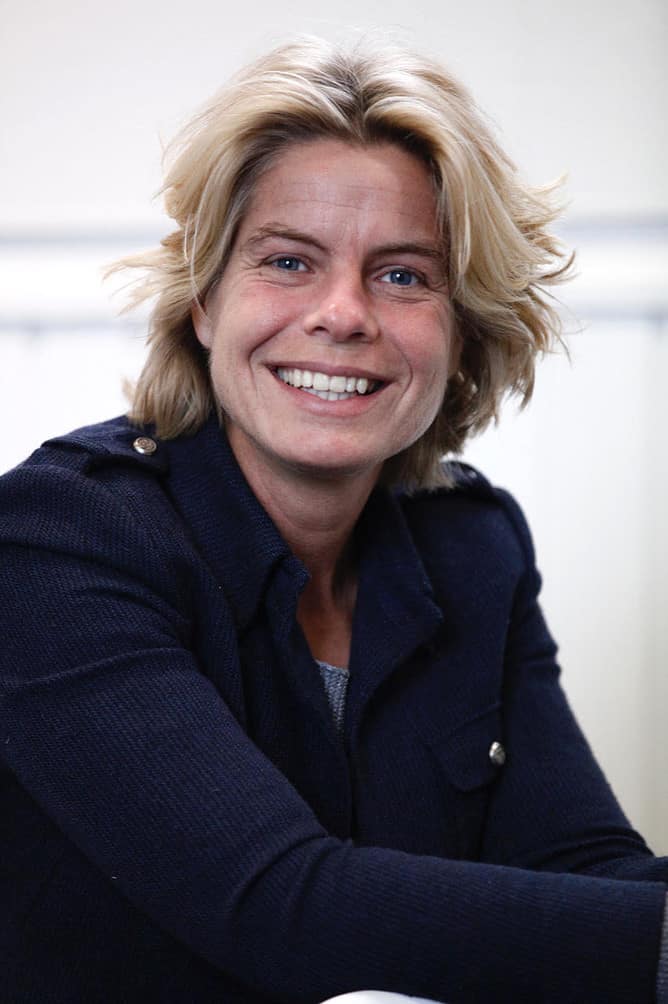
SPARK Campus started ten years ago as a small initiative of the municipality of Den Bosch, the province of North Brabant, Eindhoven University of Technology (TU/e), Avans University of Applied Sciences, and construction company Heijmans. Located on a construction site of the Brabant-based construction company, the lab was set to foster innovation in construction. Slowly it grew into a large lab with its location in the center of Den Bosch.
Connect companies
“In the hubs, people can develop skills, learn about new technologies, and expand their field of vision,” says Vugts. “The strength of this place is the connection between different groups of people. It’s not just talking about innovation with directors; it’s mainly about doing, learning, and discovering. There is room for everyone here.”
In her view, this is also one of the main ways to connect construction companies. “Entrepreneurs want to see what an innovation does and how it works. Otherwise, the barrier to getting started with it is too high. In a regional hub, entrepreneurs can easily walk in. If the neighbor or a colleague tells a builder to check out the hub, they are more likely to do so. The Brabant like-knows-like culture in such a regional ecosystem works better than imposed policy from the government,” said Johan Treur, program manager at SPARK Campus.
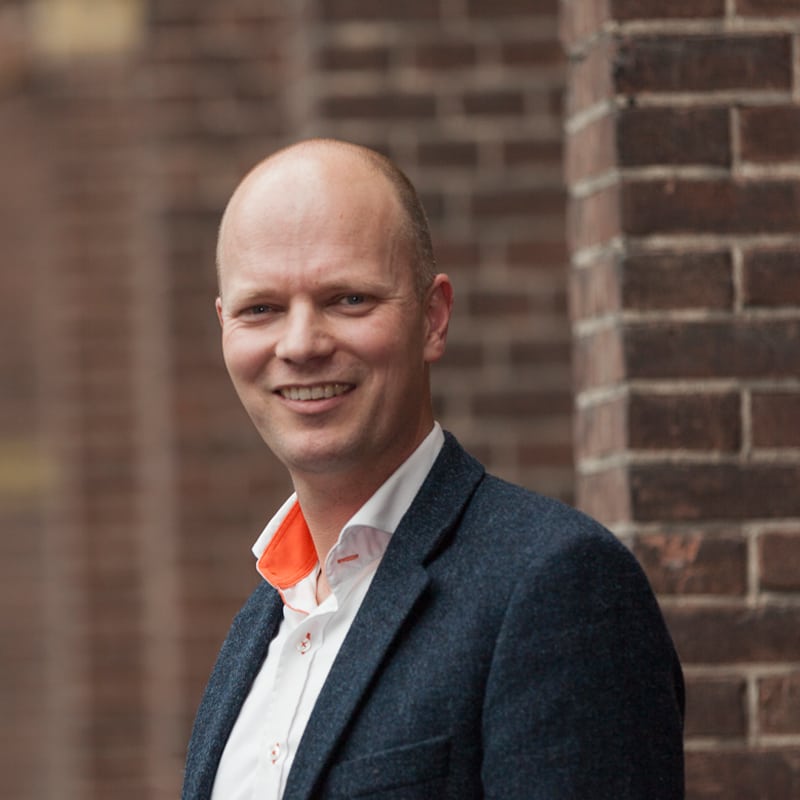
Biobased houses
In the neighborhood opposite the SPARK Campus, the social housing corporation BrabantWonen will build four biobased houses next year. An architectural firm from the regional network, Buro Kade, designed them, says Treur. “They chose a sustainable façade made of cork. But to make that fit the zoning plan, it had to have a brick look. One of our partners made the mock-ups, which have since been given a nice spot as a demo at Koning Willem 1 College.” He is proud of the project; it shows the strength of the regional network and demonstrates the possibilities of sustainable construction. Treur: “During construction, BrabantWonen and the building consortium will also encounter certain challenges. These, in turn, are aspects that we can include within SPARK in our challenge-based learning approach. This is how we move forward together.”
Datalab
Besides this particular construction project, SPARK also works a lot in the field of education. Together with Jheronimus Academy of Data Science (JADS) – Den Bosch’s data science university – the hub collected challenges from ten construction parties for the SME data lab. “With seven of those SMEs, we were eventually able to work on a challenge to see in a short time – eighty hours maximum – what they can do with their business data to digitize.”
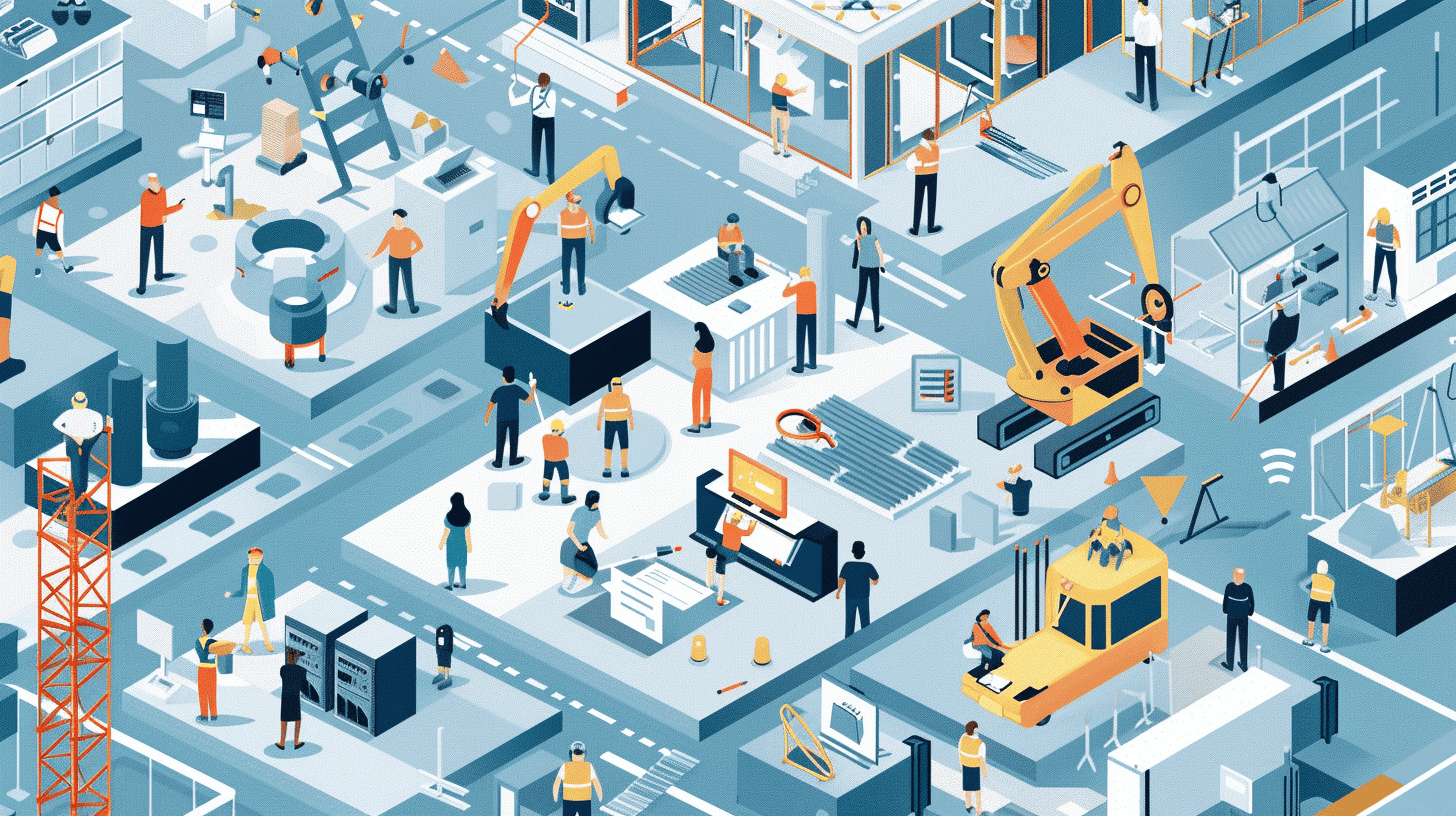
Short tracks, big results
There are several pathways for a broad target group of those interested in technology, such as the Traject Techniek Oriëntatie (TTO). “Ten different companies explain ten different techniques in ten weeks. Think, for example, about working with a 3D printer or a brief introduction to techniques in the installation industry. It’s a kind of basic training to show people what the possibilities are,” Treur outlines.
Vugts adds, “By now, we have had about sixty participants in the program, 15 percent of whom have gone straight to a job or an internship with a company in the construction industry.” Such short workshops – nanomodules – are also available at SPARK for directors, innovation managers, and other policymakers. They can know more about circular construction or the use of data science, for example. “It’s a stepping stone for companies to start doing more with these new developments,” says the program manager. These nanomodules raise awareness and highlight the importance of the new possibilities for participating companies. “If a company has a better understanding of the added value of an innovation such as 3D printing on a large scale, then the technology is also more likely to be applied,” says Vugts.
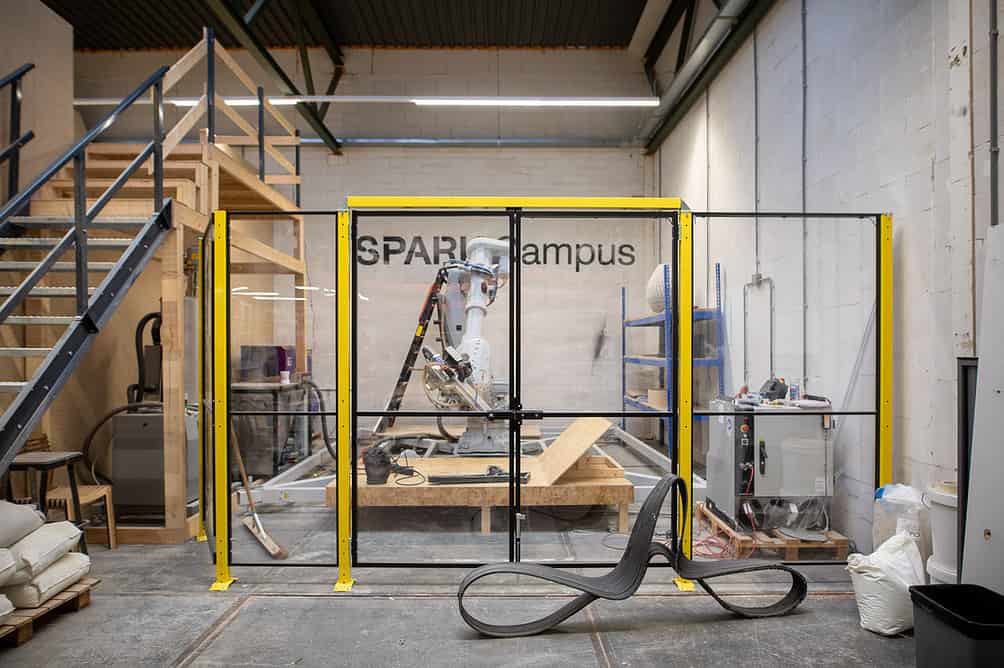
New energy
The ultimate goal? To bring the entire construction value chain along in transitioning to sustainable and circular construction. “The chain is as strong as its weakest link. The excited companies that like to lead the way will get there. On the contrary, we want to bring the other players in the chain with us. It must become a snowball effect,” states Treur. In doing so, cooperation with education is necessary, but these institutions function much slower than companies. “As a hub, we also play a pivotal role. We provide the connection and look for suitable projects to unite both worlds. If students are working away from school for a while, that creates a different experience. But that applies just as much to company employees. This is also why having a physical place in the region to learn and experiment is incredibly important.”
Strengthening regional and national ties
The TKI Bouw en Techniek program Regionaal Bouwen aan Human Capital has a clear contribution to the development of sustainable construction, according to Vugts and Treur. “The program has considerably strengthened the regional and national network. For example, we have much better contact with educational institutions – from the scientific level to the secondary vocational education – and we have started to work more closely with some twenty companies in the network,” Vugts explains.
The program has also provided structure. “The different projects are now shareable with other hubs or organizations in the Netherlands. This allows us to roll it out on a larger scale and thus increase the impact,” she says. SPARK is in close contact with the other three hubs in the program. “That is incredibly valuable. We learn a lot from each other.” However, the structure of a program also has a downside, according to Vugts. “We have to be careful not to spend too much time telling each other how to do it. We also have to just keep doing, setting up, and implementing new projects.”
Scale up and keep going
Those new projects are going to happen. The TKI Bouw en Techniek program will be followed up. Recently, the five-year program Toekomstbestendige Leefomgeving started, and it was financed by the National Growth Fund. What is the plan for SPARK? “Scale-up, get on with sustainability. There are 130.000 houses to be built in Brabant in the coming years. This must be as bio-based and circular as possible. We are very committed to achieving that goal.”
